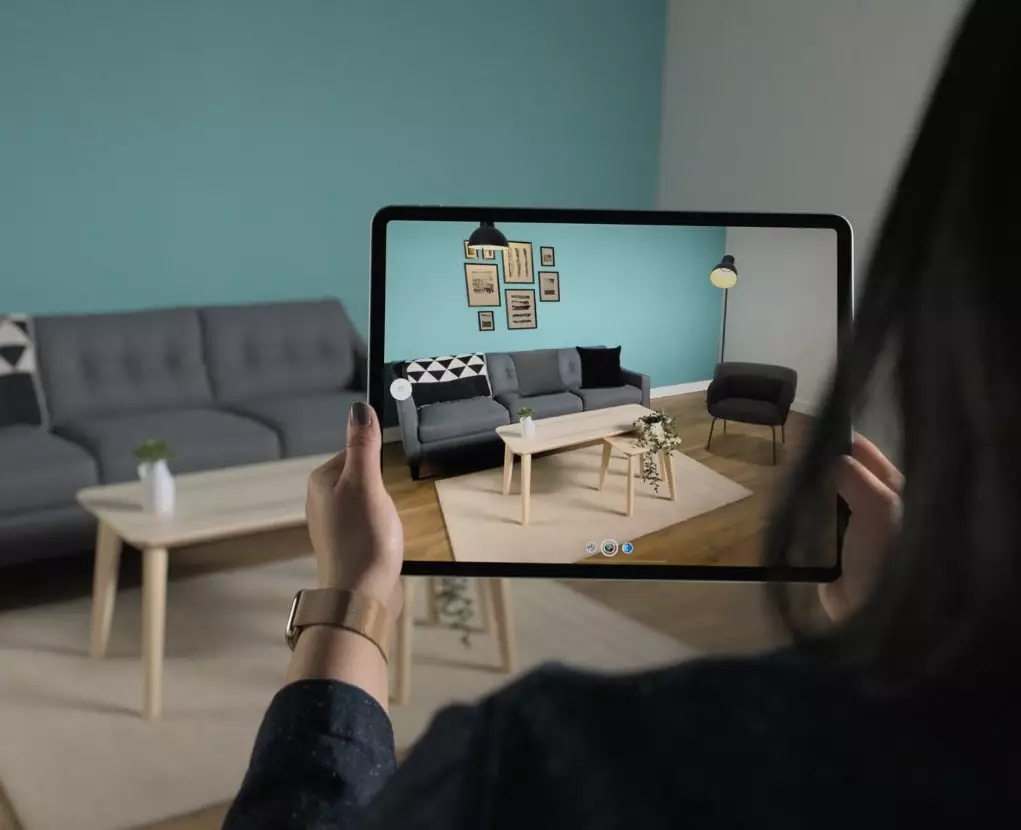Interior AI assists designers with spatial planning, furniture selections, color palettes and material selection to save time and improve results. Furthermore, 3D visualizations make understanding their designs much simpler for clients.
AI tools allow designers to craft tailored design options for every client that reflect their taste and preferences perfectly, thus cutting back on revisions while earning instant approval from clients.
AI-driven predictive analysis tools
Even experienced interior designers require inspiration and suggestions; AI for interior design provides just that by helping to stay ahead of trends that are gaining ground and offering specific suggestions based on client preferences.
AI tools save both time and money by helping users quickly create designs. Furthermore, these AI tools also facilitate real-time collaboration between designers and clients; some are even free. It is important to remember, however, that there may be limitations associated with these AI tools.
PipersAI is an artificial intelligence interior design tool that generates multiple options based on user prompts. Its lighting feature in particular is particularly helpful, enabling users to visualize different scenarios and options more readily.
AI-generated images
AI-powered interior design tools enable users to easily create images of rooms using simple prompts for color schemes, furniture arrangements and textures – as well as multiple versions of one image for further editing.
However, these AI tools remain under development; some may contain technical restrictions which prevent them from producing desired results, and others can have steep learning curves which make mastering them challenging.
AI tools have quickly become more prominent in home design and remodeling sectors, garnering interest from real estate agents, furniture retailers, professional designers, as well as being used by real estate agents themselves. Yet despite all of their popularity in home design and remodeling sectors, some critics warn against their harmful effect on creative industries.
AI-powered virtual reality (VR) and augmented reality (AR) experiences
AI interior design tools help designers streamline the interior design process and deliver customized results that meet clients’ individual needs and preferences. Decorilla uses an AI hybrid model to analyze client styles and requirements for tailored results; additionally it provides customer quality assurance tools as well as customized designer tools.
These tools can assist homeowners and design enthusiasts alike with creating new decorating ideas and virtual staging options for their spaces, as well as selecting materials, finishes and furniture before any physical construction takes place.
These tools offer a range of designs – from modern to Scandinavian and tropical. Additionally, they can also help users create floor plans and 3D renderings; some even provide video transformation into paper-look watercolor.
AI-powered furniture recommendations
AI algorithms power this design tool, providing tailored furniture recommendations based on client preferences. Furthermore, this tool offers in-depth insights into design trends and color palettes to assist designers in providing tailored solutions.
Augmented and virtual reality capabilities provided by AI tools help clients visualize their designs in real-time, making sure all elements harmonise with the overall concept. This ensures an efficient and cost-effective interior transformation process.
Setting clear parameters and communicating them clearly when using AI-based design tools is crucial to their effective use. Exploring free or trial versions of various AI-based design tools before choosing one that best meets your needs is also recommended, to help narrow down your options and avoid spending unnecessary time evaluating features you don’t require – Planner 5D, REimagineHome, DecorMatters and Houzz are among some of the more popular options available today.
AI-powered cost estimation
AI-powered cost estimation software utilizes predictive analytics to accurately estimate the materials and labor necessary for any given project, helping designers streamline the design process while simultaneously increasing client satisfaction. Furthermore, this ensures that final designs remain within budget while mitigating potential risk or delays associated with projects.
There are various AI interior design tools available, each with its own set of features and functions. Find one that best meets your design requirements and budget – be sure to review its price structure, licensing terms and user testimonials prior to making a final selection.
AI interior design tools have become more accessible to home users, with many offering free trials and low initial costs. While AI tools may help harness human creativity for optimal results, they cannot replace human intuition and emotional understanding.


